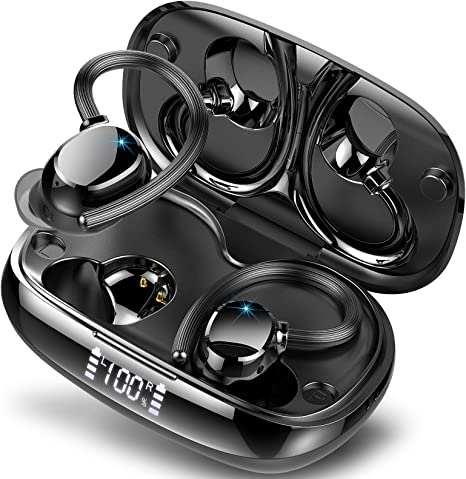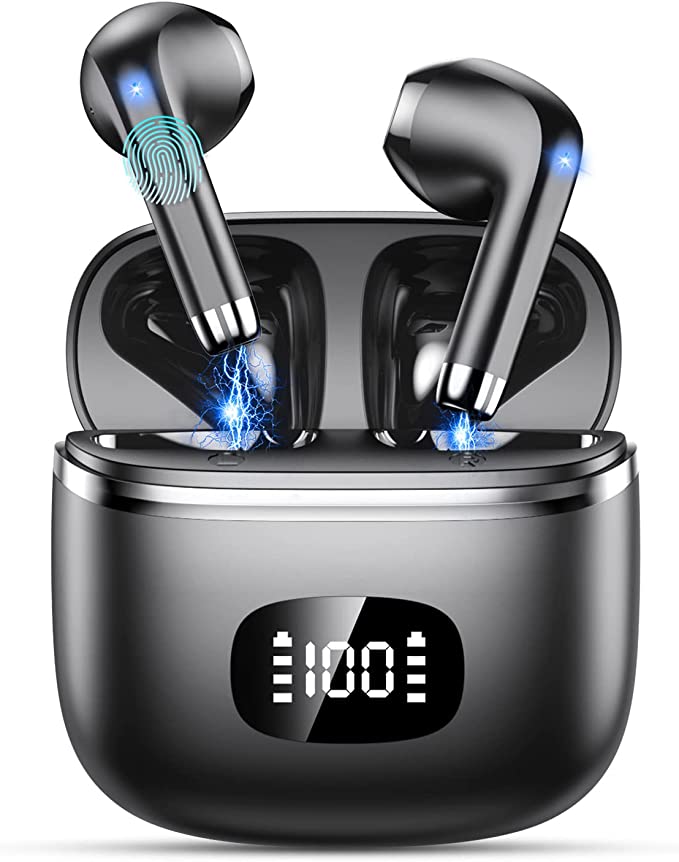Aqua Ionizer Deluxe PRO: Elevate Your Hydration, Enhance Your Well-being
Update on July 28, 2025, 12:28 p.m.
In the perpetual quest for optimal health, water has moved from a simple necessity to a subject of intense focus. We’re no longer just asked to drink more water, but to drink better water. This has paved the way for a new class of sophisticated kitchen appliances: water ionizers. The Aqua Ionizer Deluxe PRO AIP-6000SB is a prime example of this trend, promising to transform standard tap water through advanced filtration and electrochemical alteration. But what is happening inside this machine? Let’s peel back the marketing layers and explore the established science of water ionization.

The First Line of Defense: More Than Just a Filter
Before any “ionization” occurs, the AIP-6000SB addresses the fundamental quality of your source water. The unit employs a dual-filter system, a critical first step that often gets overshadowed by the more exotic claims. One of the most important specifications provided is that the system features NSF certification for Chlorine Reduction.
This is not a trivial feature. The NSF (National Sanitation Foundation) is an independent organization that develops public health standards and certification programs. A certification for chlorine reduction means the filter has been rigorously tested and verified to remove the taste and odor of chlorine, a common disinfectant in municipal water supplies. The 10-stage filters are also designed to remove sediment, rust, and other common impurities. This filtration stage is based on well-understood principles of physical and chemical absorption, providing a cleaner, more neutral canvas before the core process begins.

The Engine of Change: The Science of Electrolysis
At the heart of any water ionizer is a process called electrolysis. This is a foundational concept in chemistry, not a proprietary invention. Inside the ionizer’s chamber are a series of plates, typically made of titanium and coated in platinum, which act as electrodes. When you select a setting, an electrical current is passed through the water.
This current causes the water molecules ($H_2O$) and the minerals within them to split.
- At the cathode (the negative electrode), positively charged minerals like calcium ($Ca^{2+}$) and magnesium ($Mg^{2+}$) are attracted. A reaction occurs that produces hydroxide ions ($OH^-$) and hydrogen gas ($H_2$). This results in a stream of water that is alkaline.
- At the anode (the positive electrode), negatively charged minerals like chloride ($Cl^-$) and sulfate ($SO_4^{2-}$) are attracted. This side produces an excess of hydrogen ions ($H^+$), creating a stream of water that is acidic.
A special membrane separates these two chambers, allowing the two distinct streams of water to be dispensed separately. This is how a single machine can produce both alkaline water for drinking and acidic water, often recommended for cleaning or watering plants. The ability of the AIP-6000SB to produce a wide pH range from 3.5 to 11 is a direct function of the efficiency and power applied during this electrolysis process.

Decoding the Digital Display: Understanding pH and ORP
Two of the most prominent metrics for a water ionizer are pH and ORP. Understanding them is key to understanding what the machine actually does.
pH (Potential of Hydrogen) is simply a measure of how acidic or alkaline a solution is on a scale from 0 to 14. A pH of 7 is neutral. A pH below 7 is acidic, and a pH above 7 is alkaline. Each whole number represents a tenfold difference in acidity or alkalinity. The machine uses electrolysis to either increase or decrease the concentration of hydrogen ions, thereby changing the water’s position on this scale.
ORP (Oxidation-Reduction Potential) is a less familiar but equally important metric. Measured in millivolts (mV), ORP indicates a substance’s ability to act as an oxidizing or reducing agent.
- A positive ORP means a substance is an oxidizing agent (it tends to take electrons), a process associated with things like rusting.
- A negative ORP means a substance is a reducing agent, or an “antioxidant” (it tends to donate electrons).
The claim of achieving an ORP of up to -820mV suggests the ionized water is a powerful reducing agent. In theory, this antioxidant potential comes from the dissolved hydrogen gas ($H_2$) produced at the cathode, which is capable of neutralizing oxidative free radicals.
A Closer Look at Claims: Hydration and “Micro-Clustering”
One of the more persistent claims in the water ionizer industry is the concept of “micro-clustered” water. The idea is that electrolysis breaks large clusters of water molecules into smaller ones, allowing for faster and more efficient absorption by the body’s cells.
From the perspective of mainstream chemistry, this claim is problematic. While water molecules do form transient, constantly shifting hydrogen-bonded networks, there is no scientific evidence to support the idea that a stable, “smaller cluster” structure is created by electrolysis or that such a structure would meaningfully enhance hydration. The body’s hydration mechanisms are incredibly efficient and primarily governed by osmosis, not the size of theoretical water clusters. Therefore, it’s more accurate to view this as a marketing metaphor for enhanced hydration rather than a verifiable scientific phenomenon.

From a Lab Concept to Your Kitchen: Design and Reliability
Beyond the chemistry, the AIP-6000SB represents an effort to seamlessly integrate this technology into the modern kitchen. The under-sink design frees up valuable counter space, a significant advantage over bulky countertop units. The accompanying Digital Smart Faucet is the user’s primary interface, allowing control over water settings without needing to access the main unit.
However, installing any complex water-handling appliance introduces real-world engineering challenges. As with many devices in this category, user-reported experiences can highlight potential hurdles. Issues like ensuring leak-proof connections during installation, or the unit’s sensitivity to electrical fluctuations, speak to the engineering precision required to make such a system reliable for daily use over many years. The performance consistency—whether the machine reliably produces the advertised pH and ORP levels across different water sources and over the lifespan of the filters and electrodes—remains a critical consideration for any potential user.
Ultimately, the Aqua Ionizer Deluxe PRO AIP-6000SB is a device firmly grounded in the established science of electrolysis and filtration. It can and does alter the chemical properties of tap water. The true conversation lies in the interpretation of these changes—understanding the solid science of filtration, the verifiable chemistry of electrolysis, and the ongoing debate about the ultimate benefits of consuming water with these modified properties. An informed consumer is one who can appreciate the technology while maintaining a critical eye on the claims.


















